Menu
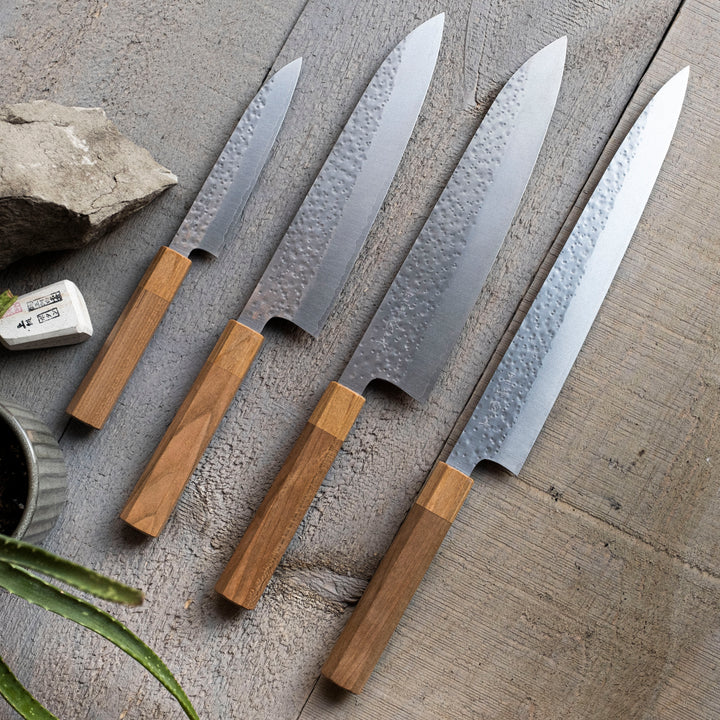
THE BLACKSMITH
MAKOTO KUROSAKI
- Choosing a selection results in a full page refresh.


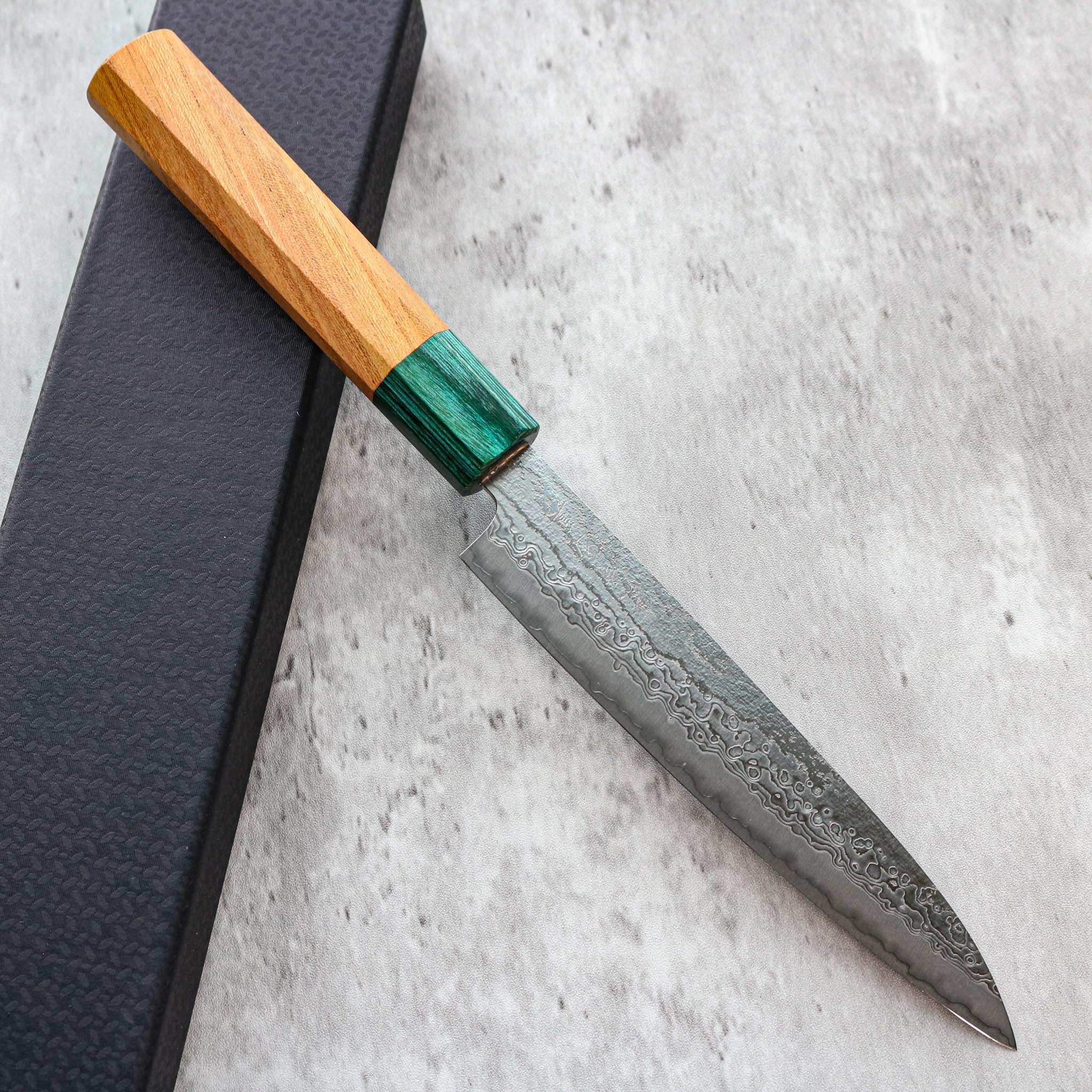
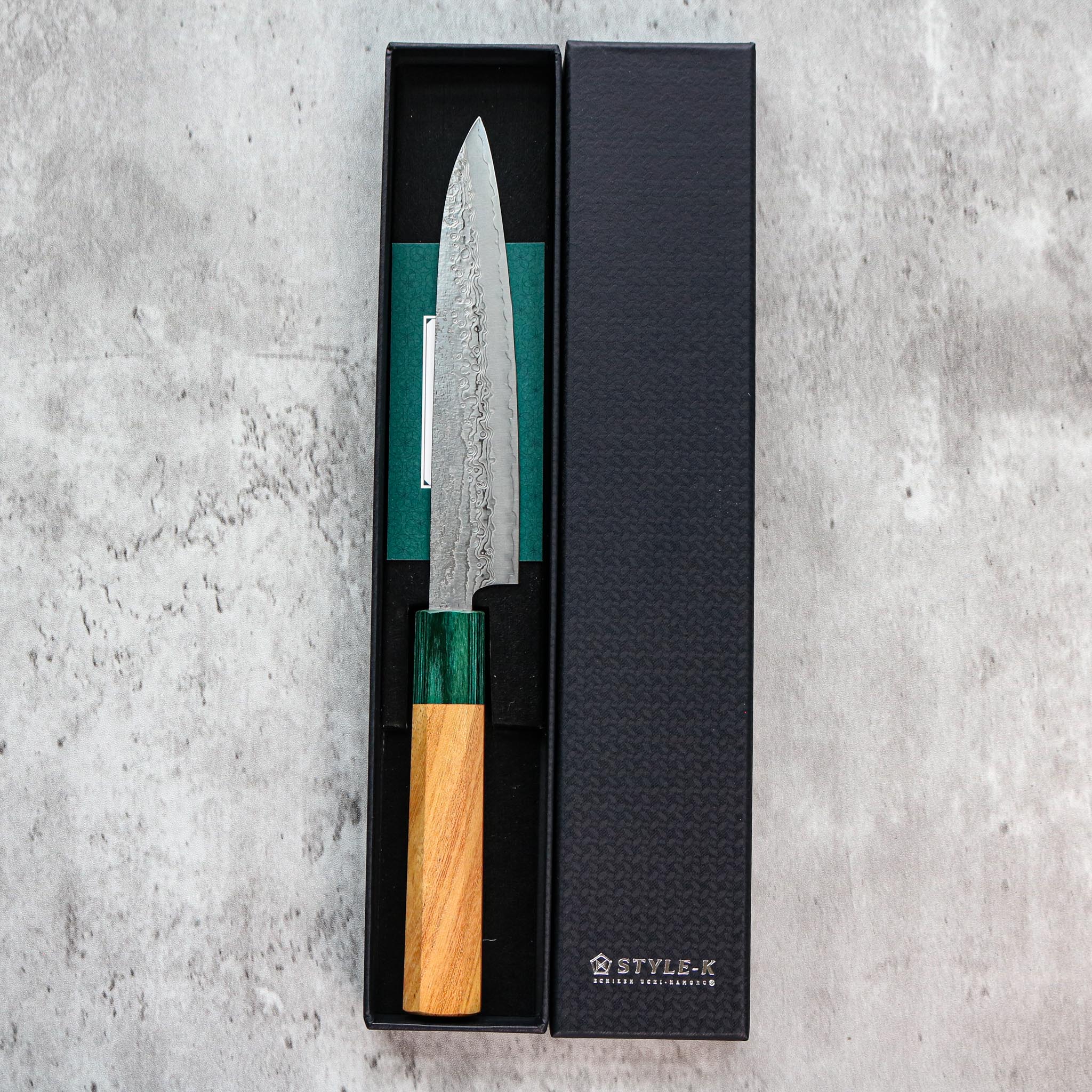
Usually ready in 1 hour
| Blade Length | 150 mm |
| Total Length | 270 mm |
| Steel | VG-10W Stainless |
| Handle | Keyaki |
| Ferrule | Green Pakkawood |
| Rockwell | 61-62 |
| Height Spine to heel | 27 mm |
| Width at Spine | 1.96 mm |
| Weight | 80 grams |
Makoto Kurosaki
We're excited to have these knives in made by Makoto Kurosaki. Makoto Kurosaki trained as a sharpener and apprenticed under Hiroshi Kato-san, as part of Takefu Knife Village, based in Echizen city, Fukui prefecture, Japan. While Makoto is Yu Kurosaki’s older brother, he has his own shop separate from Yu's, and has sharpened several different lines from knife makers such as Yoshimi Kato and Takumi Ikeda, as well as Yu Kurosaki.
The “Style-K” line knives still have a great grind and geometry to them, they are slightly more robust than Yu's knives on the spine making them slightly less delicate. The fit and finish on these knives is also of a very high level with a perfectly smooth transition between the handle and ferrule, the joint between the tang and handle, and the rounding and polishing on the spine and choil.
The Takefu Knife Village is a cooperative workshop in the Echizen region of Japan. It is the home to a long list of blacksmiths that we work with and many young and upcoming apprentices learning the trade. The area has a 700 year long history of smithing with roots in agricultural tools turned cutlery powerhouse. is a cooperative workshop in the Echizen region of Japan. It is the home to a long list of blacksmiths that we work with and many young and upcoming apprentices learning the trade. The area has a 700 year long history of smithing with roots in agricultural tools turned cutlery powerhouse.
The Knife
The petty knife is the Japanese answer to the western paring knife. At the shop we consider them to be much more useful than paring knives with the added length, while said length doesnt get in the way when doing delicate tasks like capping strawberries or bruniose shallots and garlic. The added length also allows this knife to be use for butchery tasks be in boning out a pork shoulder, breaking down whole poultry, or even small fish. If the gyuto (or santoku, or bunka, we don't judge) is used for all your prep work on the board, the petty is for all your in hand prep needs and is the second most important knife to add to your collection!
Follow these care recommendations for your Japanese knives to protect the edge and keep them sharp as long as possible:
All products are shipped within 24 hours. We offer same day shipping for products ordered by 12pm. Please allow 4-7 business days for your shipment to arrive with standard shipping. Expedited shipping options are also available at checkout.
We offer free shipping on orders within Canada over $150 CAD and free shipping on orders to the US over $200 USD.
Curbside pick-up is available at both our Hamilton and Etobicoke locations.
To make sure our customers are always satisfied, we offer full refunds on products for 14 days after receiving them. See our full return policy for details.
More questions? Check out our shipping policy, our return policy, or reach out to us directly.
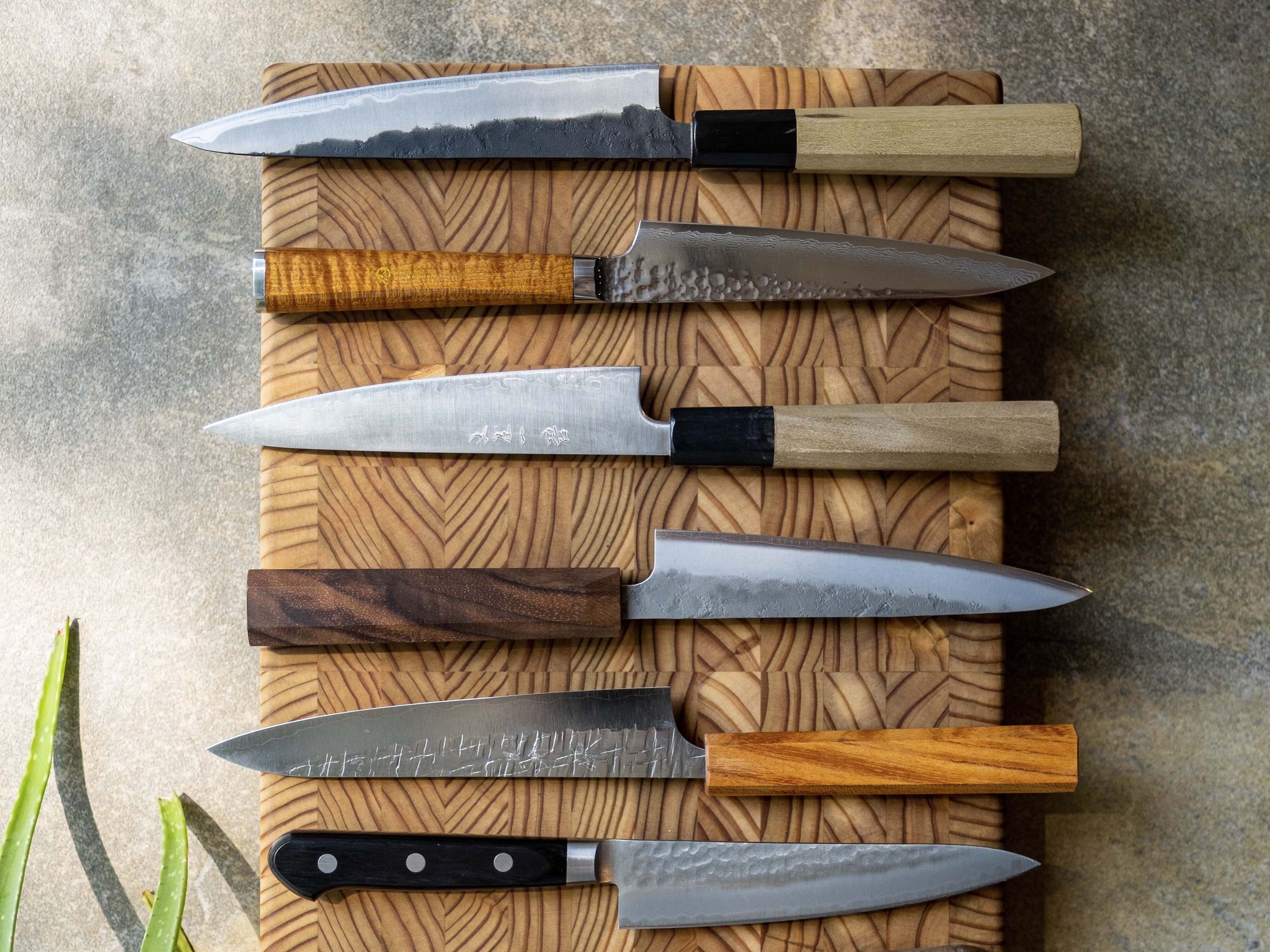
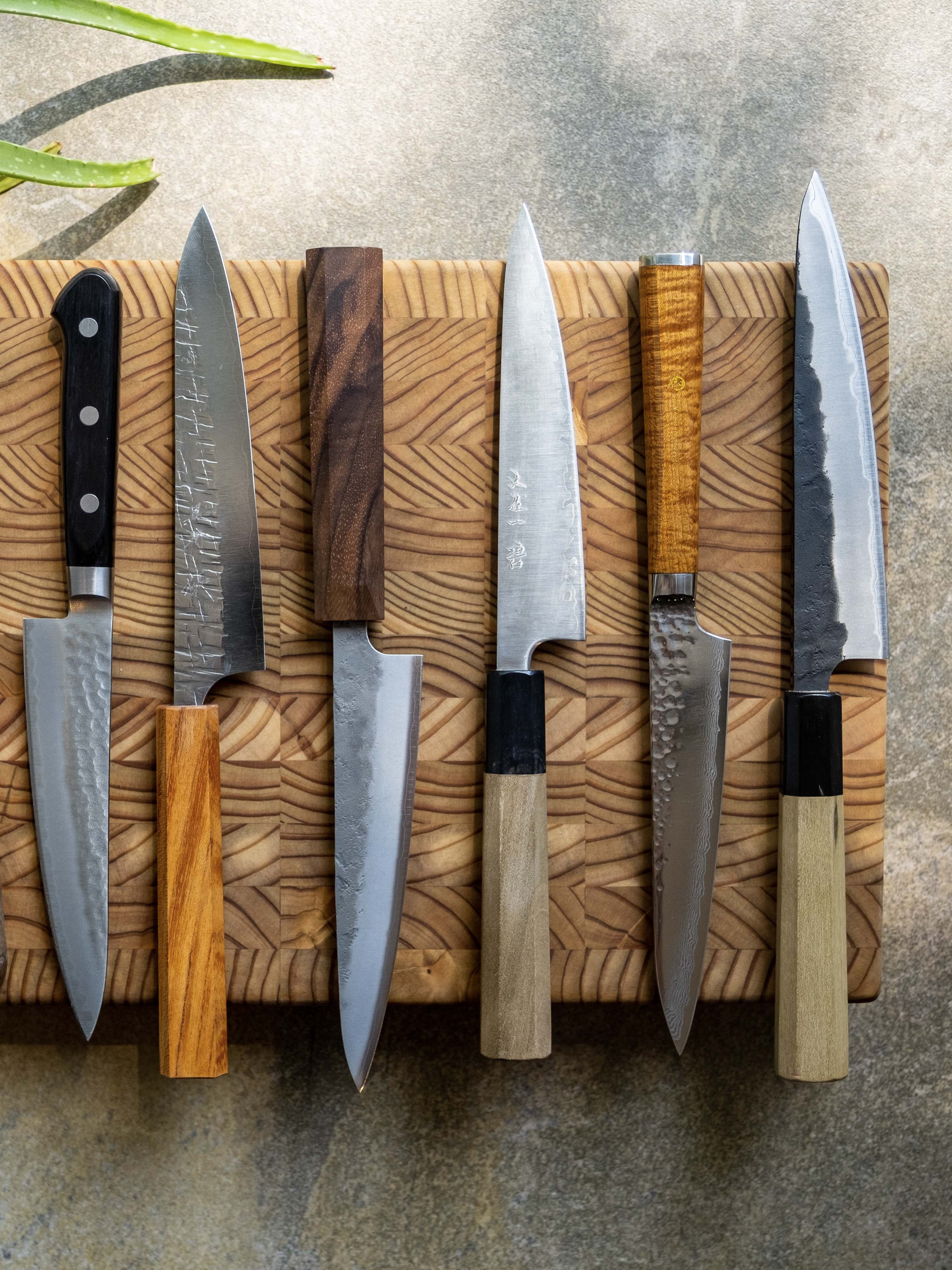
The petty knife is the Japanese equivalent of a utility knife. They typically range in size from 90 mm (3.5 inches) to 150 mm (6 inches) and have a slender, easy-to-control, short blade. They are a perfect accompaniment to a Gyuto, Santoku, or Bunka, as they facilitate smaller tasks. Shorter versions are great for in-hand use. Longer versions are great for fine chopping and managing small ingredients on a cutting board. They also handle butchery tasks with ease.
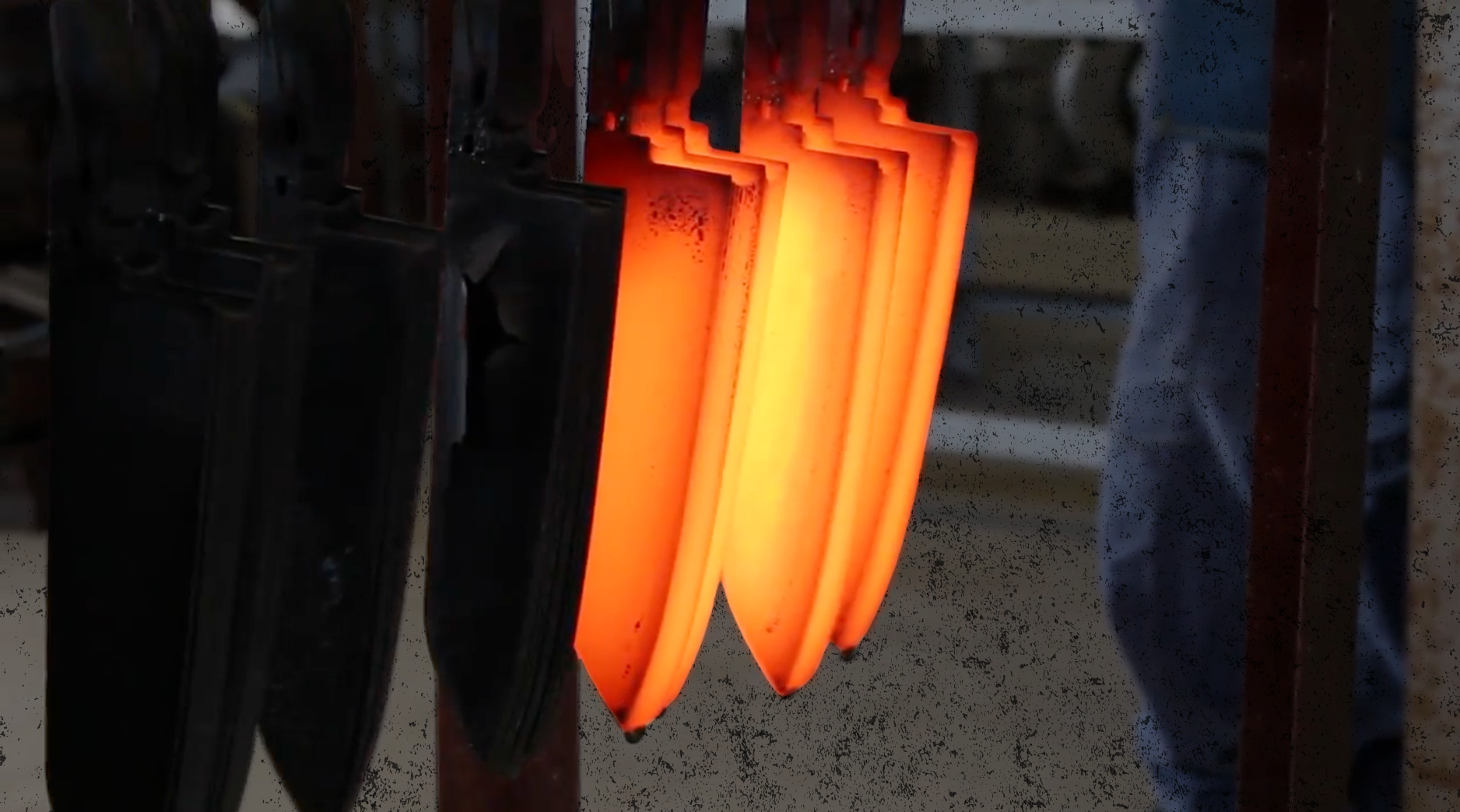
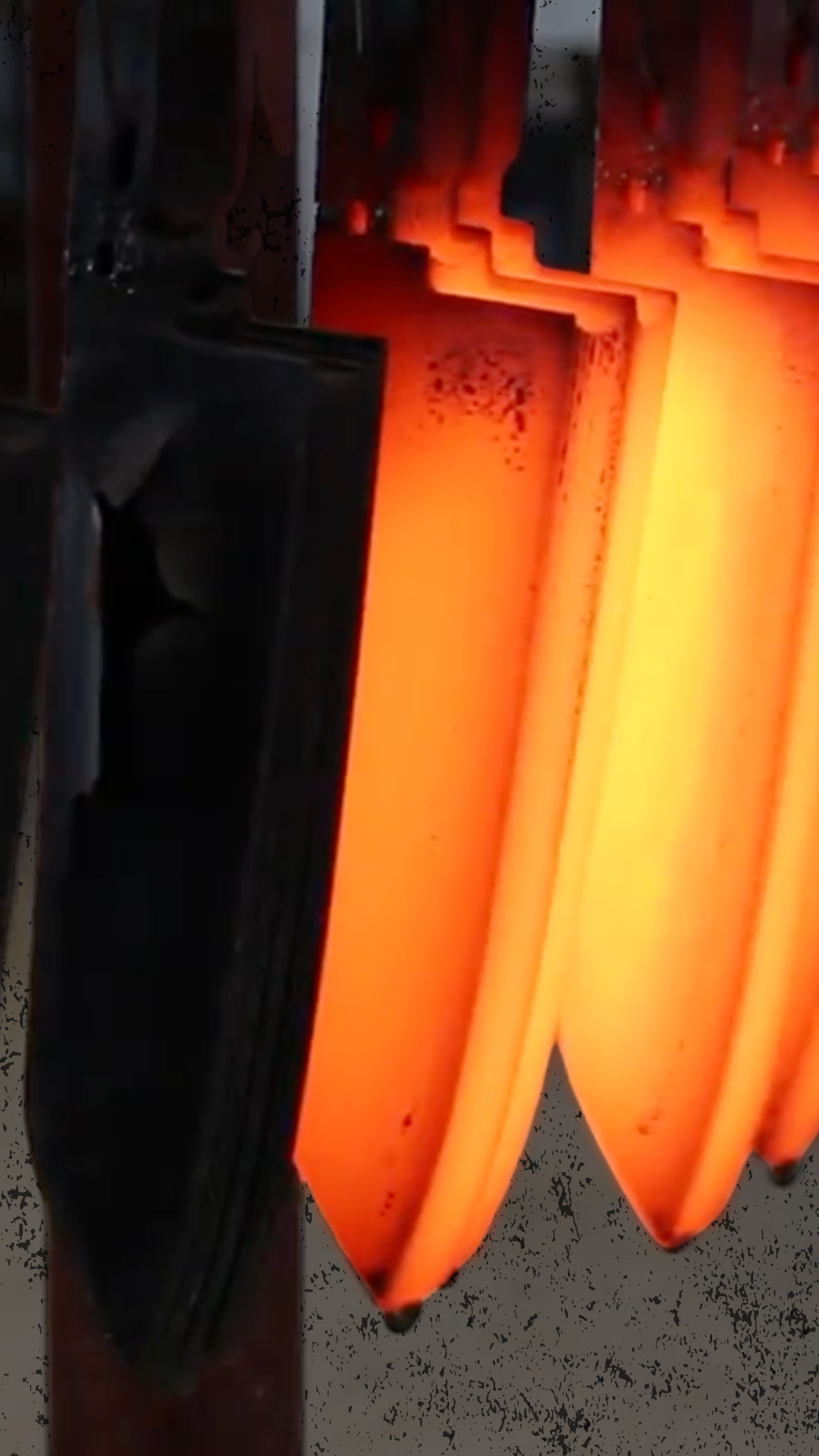
Likely the most widely used Japanese stainless steel, it provides great rust resistance, very good edge retention, and is relatively easy to sharpen. Because of how many companies use this steel to produce their knives, it can sometimes get a bad rep, but we have had nothing but positive experiences using and sharpening it. Knives made from this steel are generally a bit more affordable compared to those made from steels like R2 and ZDP189 while still offering fantastic performance and easy maintenance.
Chemical Composition:
C 0.95-1.05% | Cr 14.5-15.5% | Mo 0.9-1.2% | V 0.1-0.3% | Co 1.3-1.5%
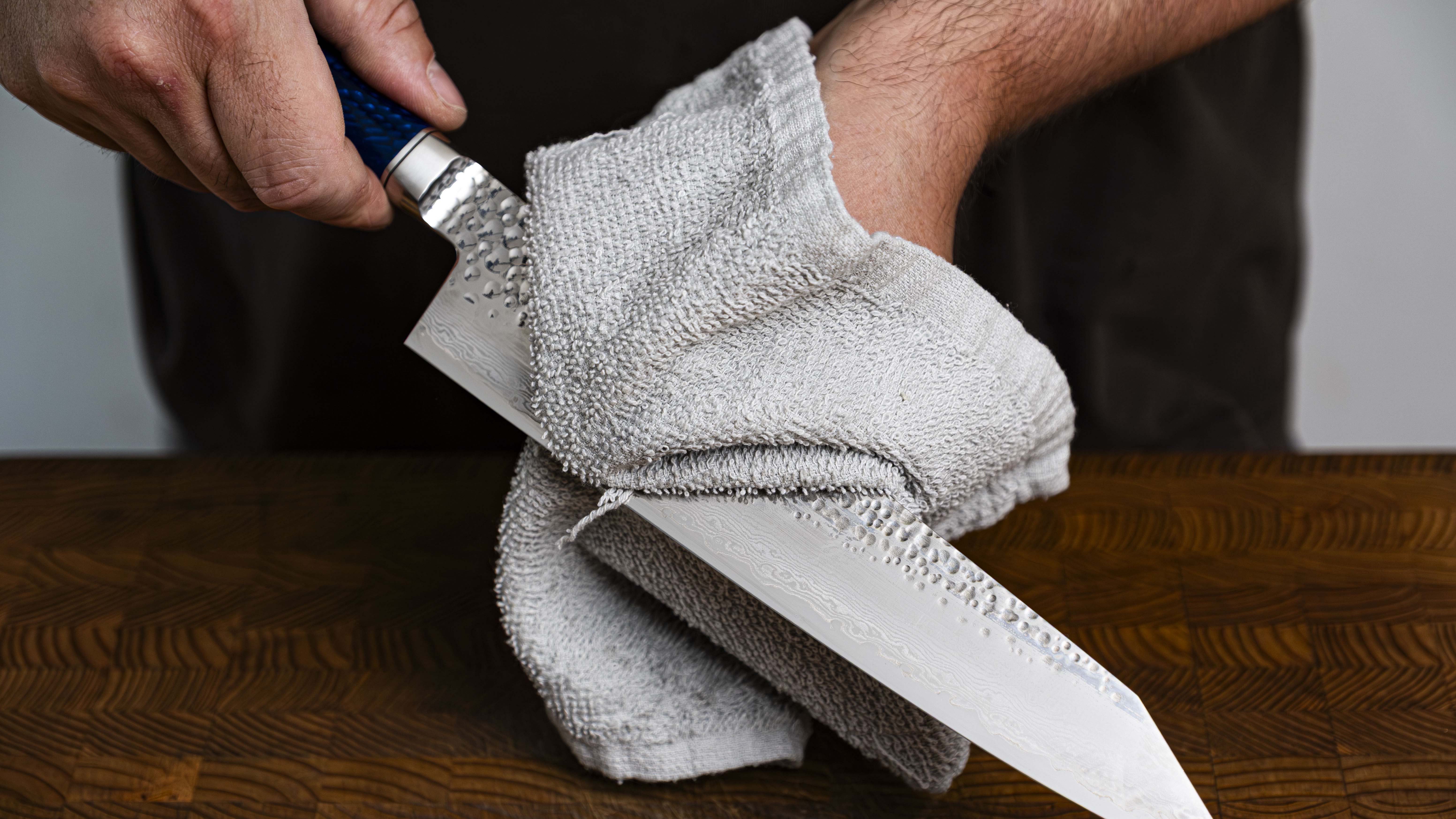
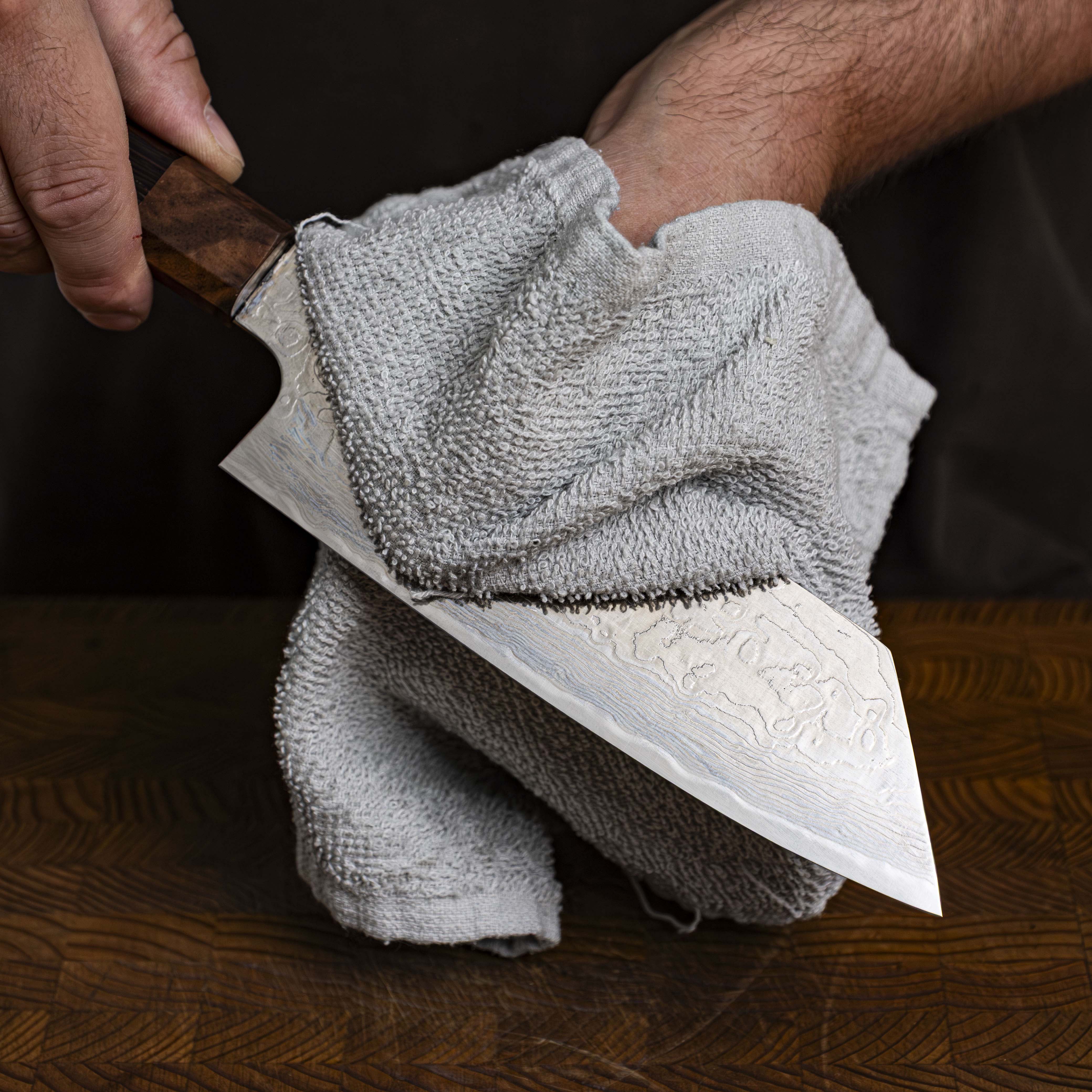
LOW MAINTENANCE
Stainless steel Japanese knives are made in a process called “Sanmai” or “Forge welding” where two softer layers of stainless steel are laminated around a harder core layer of stainless steel. All three of these layers are rust resistant and therefore are not susceptible to rust or discoloration. The softer outer layers of steel are used to make the knife more durable and flexible while the harder core layer is used to provide better edge retention to the blade.

Makoto Kurosaki trained as a sharpener and apprenticed under Hiroshi Kato-san at the Takefu Knife Village in Echizen City, Fukui Prefecture, Japan. Makoto is Yu Kurosaki’s older brother, though he has his own shop and line of knives separate from Yu's. His “Style-K” line knives have a great grind and geometry. They are slightly more robust than Yu's knives on the spine, making them a bit less delicate. The fit and finish is also of high quality with a smooth transition between the handle and ferrule (the joint between the tang and handle) and the rounding and polishing on the spine and choil.
